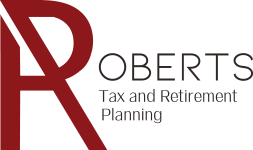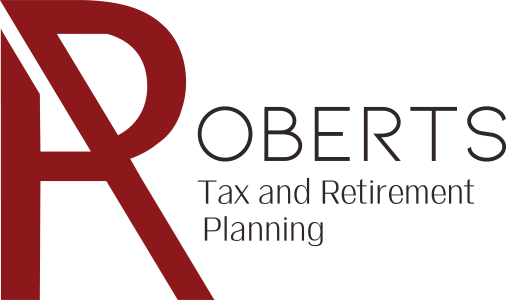In 2000 researchers from Columbia and Stanford challenged a basic assumption in economics that more choice is always better. The experiment was simple. A product demonstration table was set in a grocery store providing samples of jam to consumers. Each consumer was given a discount coupon for the jam, and the percent of coupons redeemed was measured.
The experiment was run three times, varying the number of available jam flavors. Two large trials were conducted with 24 or 30 flavors available. One small trial with 6 flavors provided a contrasting experience. Coupon use and customer satisfaction were much higher for small set.
This experiment has had a profound impact on the investing world, notably on the design of 401K plans. During the pre-jam era, plan providers assumed that more choice was always better. Many large firms offered hundreds of mutual fund options, including most fund offered by the 401K provider. Post-jam, many employers have reduced choice to a small set of actively managed funds, index funds, and target date funds. Improved uptake by employees has been noticed.
Making final investment choices can be as painful as flipping through hundreds of Netflix suggestions or a twenty page menu at a diner. Here are some steps to help with choice paralysis:
- Admit you will never find a perfect answer – there may always be a better choice, but that should not stop you from making a good choice.
- Break it into step – if you need to change several accounts, consider doing this over time instead of on one big rebalancing weekend.
- Prioritize – If you need to make decisions in multiple accounts, first focus on the highest balance account.
The final advice is to understand that this phenomena happens because these choice are important, impactful, and personal. Working with a financial professional can also help with choice paralysis by adding necessary objectivity to the process. Please contact us for help with your investment choices.








